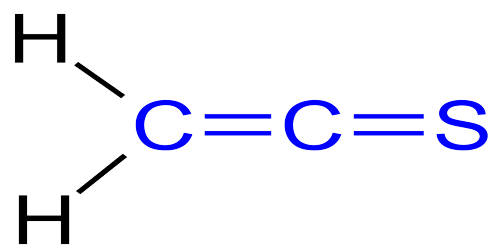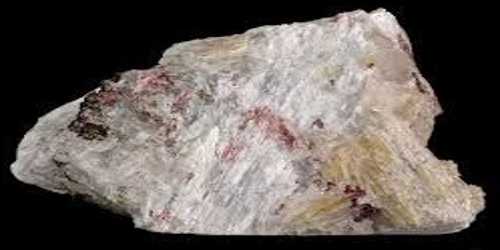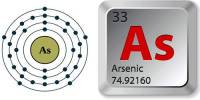Aluminum is the third most abundant element in the Earth’s crust, falling behind oxygen and silicon. Aluminium granules are fine spherical aggregates of aluminium. American Elements specializes in producing high purity Aluminum Granules in ultra-high purity for analytical standards in health and safety research and other commercial applications. The abundance of aluminum in the Earth’s crust is estimated to be about 8.8 percent. It occurs in many different minerals.
Manufacture
Aluminium granules are manufactured by the melting of primary or secondary aluminium and blown-in air or vacuum, or are cast in sand and then sieved off. Other methods include casting of molten aluminium in water. Materials are produced using crystallization, solid state and other ultra high purification processes such as sublimation.
Aluminum Granules Properties
- Molecular Weight: 26.98
- Appearance: Silvery
- Melting Point: 660.37 °C
- Boiling Point: 2467 °C
- Density: 2700 kg/m3
- Solubility in H2O: N/A
- Electrical Resistivity: 2.6548 microhm-cm @ 0 °C
- Heat of Vaporization: 67.9 K-Cal/gm at om at 765 °C
- Poisson’s Ratio: 0.35
- Specific Heat: 0.215 Cal/g/ K @ 25 °C
- Thermal Conductivity: 2.37 W/cm/ K @ 298.2 K
Granules versus powders
Aluminium granules have been found safer and economical compared to atomized aluminium powder. Aluminium granules have lower explosion risk in production and in use of the product itself. It has one interesting and very useful property. In moist air, it combines slowly with oxygen to form aluminum oxide.
Advantages
The density of aluminium granules ranges from 1.0 to 1.8 g/cm3 and is much higher compared to aluminum powder. Aluminum is one of the most widely used metals and also one of the most frequently found compounds in the earth’s crust. Due to these facts, aluminum is commonly known as an innocent compound. The most common form of aluminium found in nature is aluminium sulphates. These are minerals that combine two sulphuric acids: one based on an alkaline metal and one based on metal from the third group of the periodic table, primarily aluminum.
Uses
Aluminium Granules are commonly used as a filler in resin molds for vacuum forming and low-pressure injection. Most often, they are used for catalysis bioanalysis and in the fabrication of electronic devices. Since they are very prone to get oxidized or corroded, the surface treatment of the granules is essential. The use of aluminum exceeds that of any other metal except iron. Pure aluminum easily forms alloys with many elements such as copper, zinc, magnesium, manganese, and silicon. It is often used as an alloy because aluminum itself is not particularly strong. Alloys with copper, manganese, magnesium, and silicon are lightweight but strong. They are very important in the construction of airplanes and other forms of transport.
















